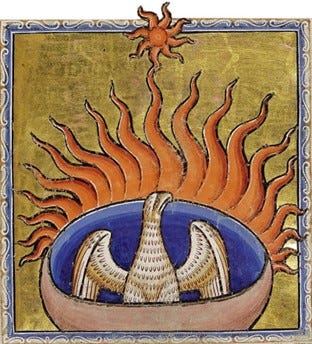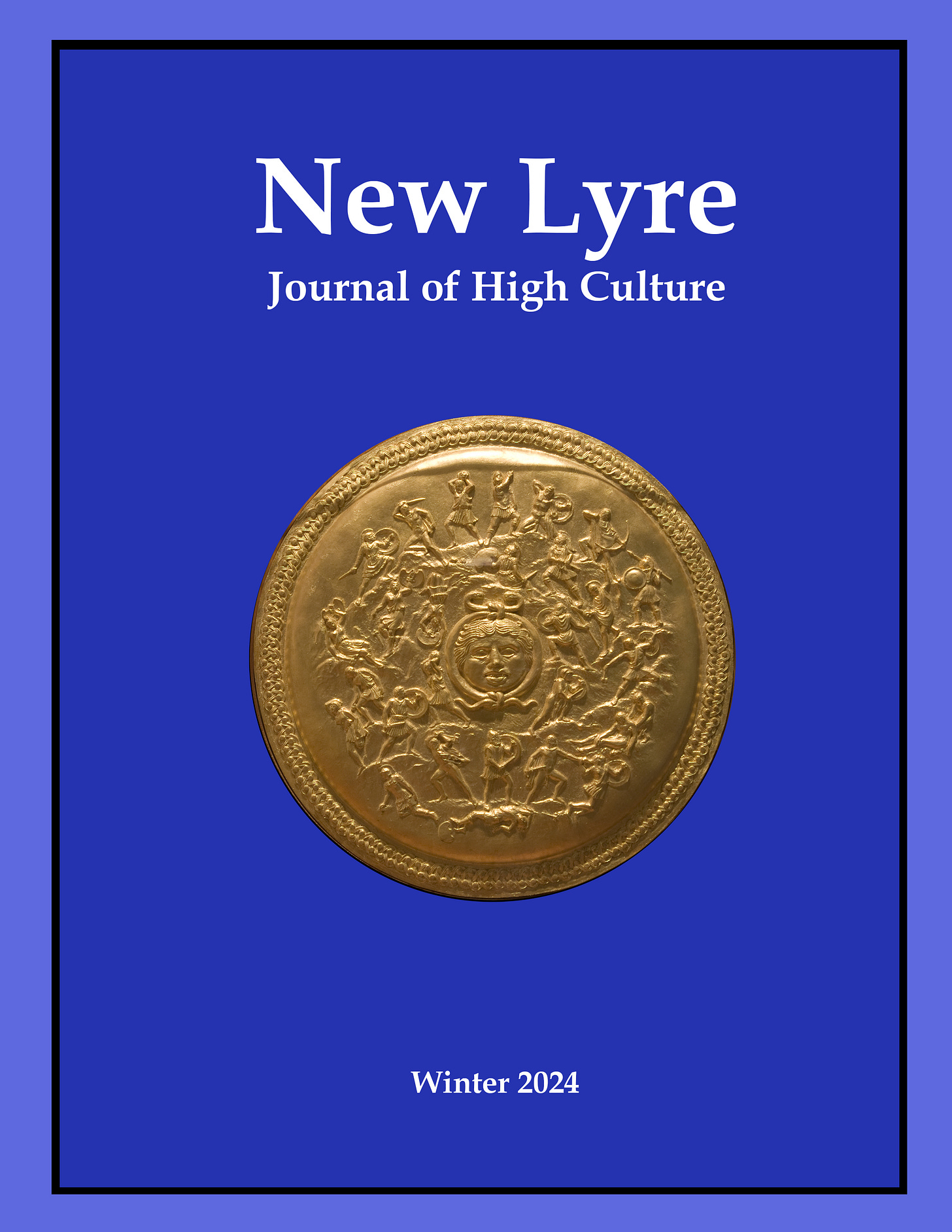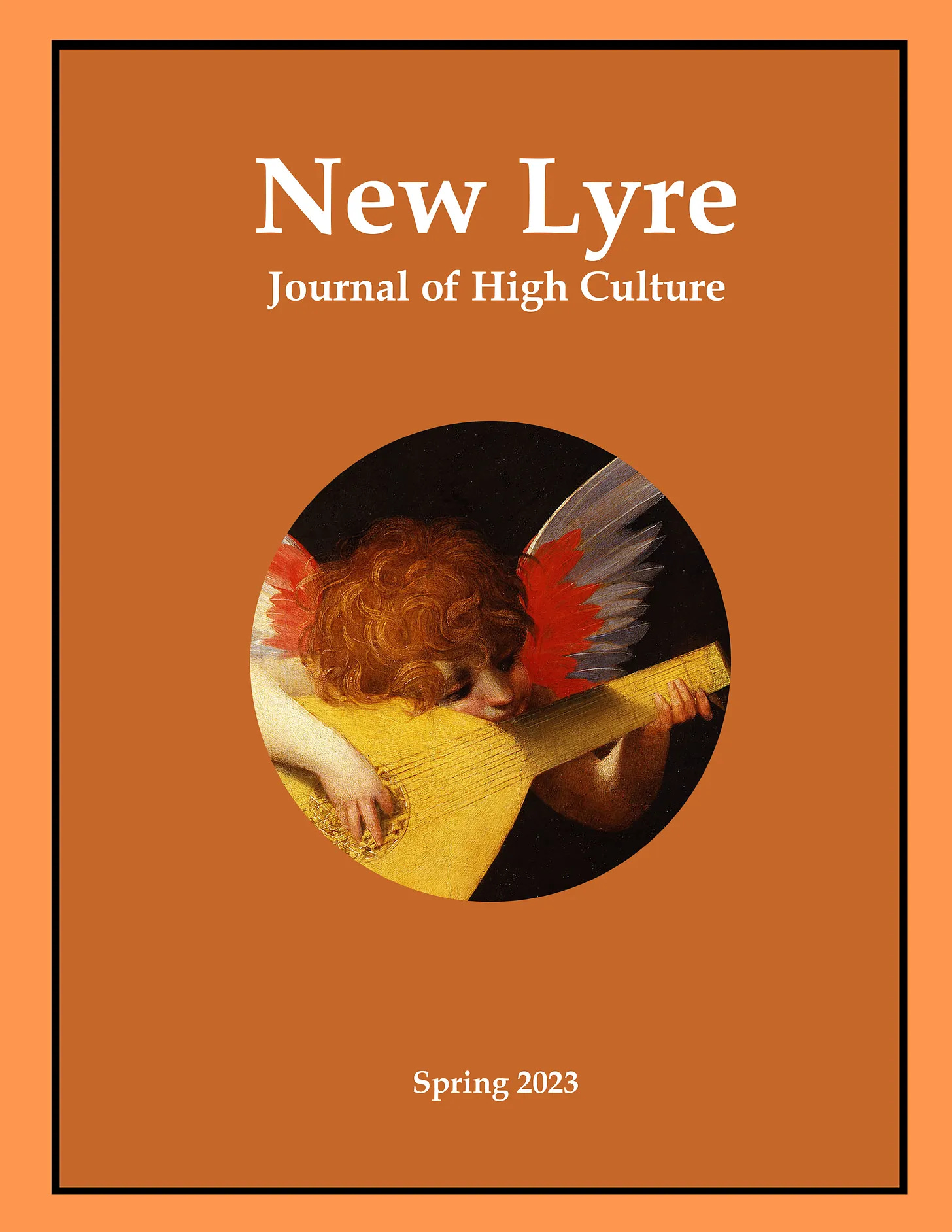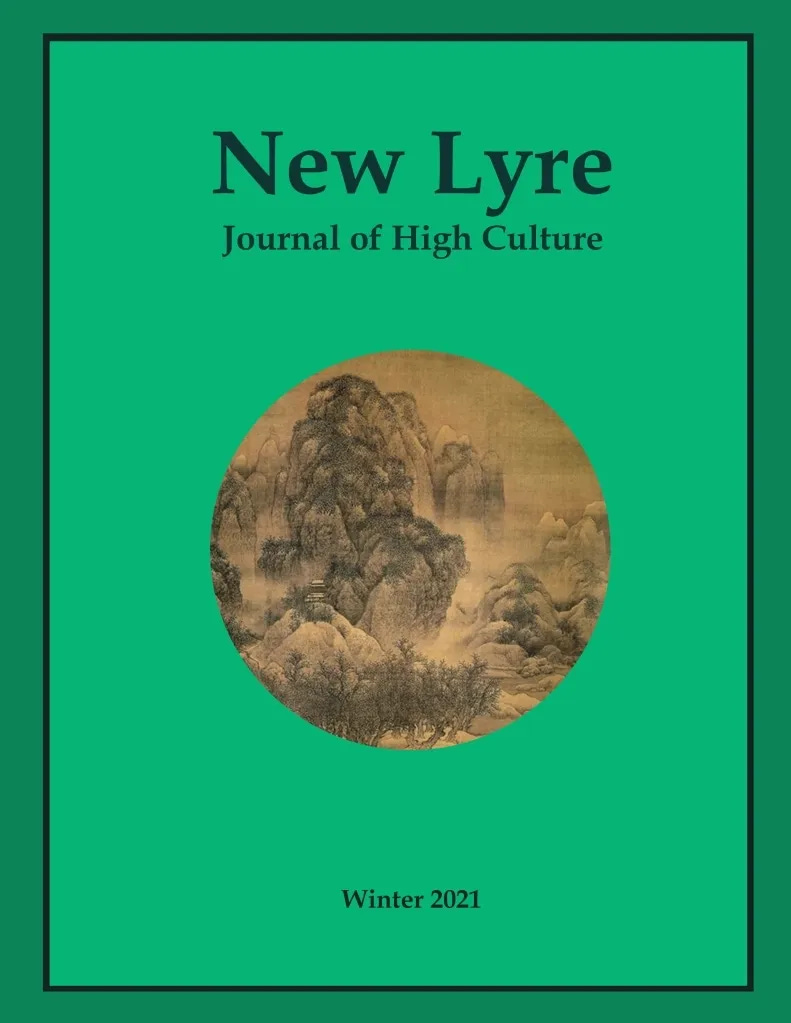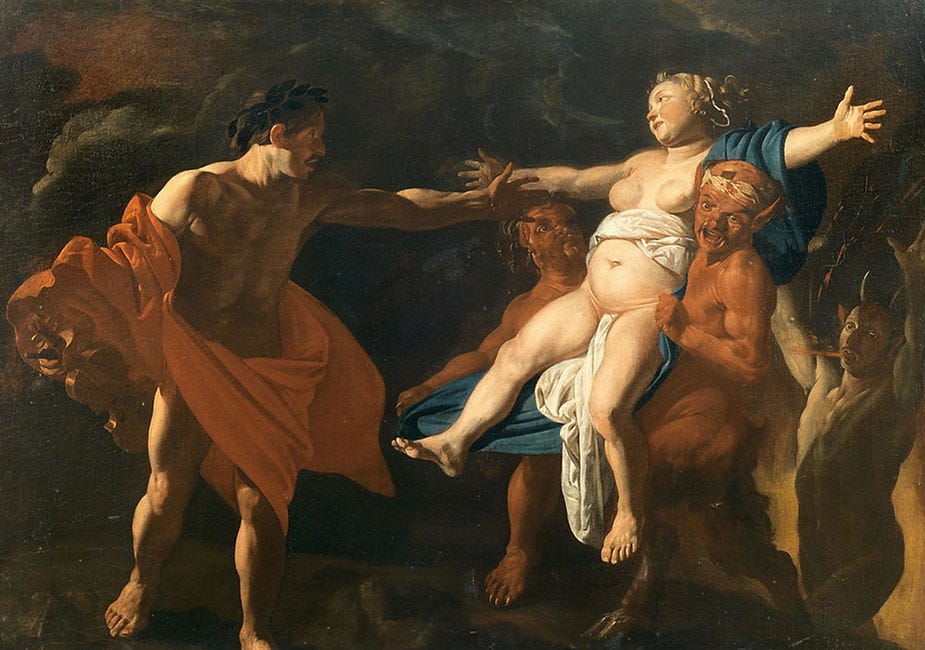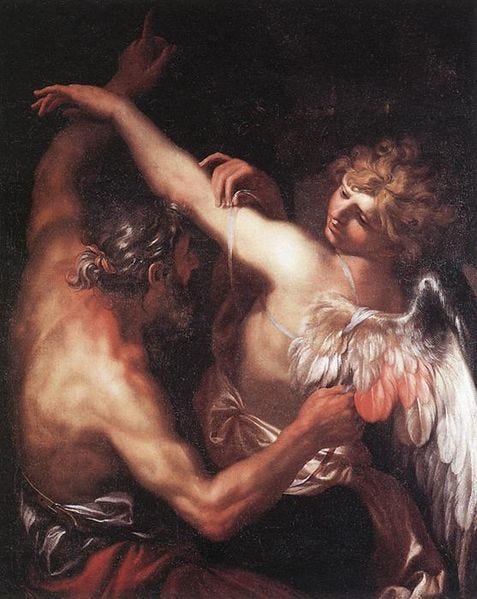Beyond The Lines: Shakespeare's "The Phoenix and the Turtle"
By John H.B. Martin
This is a poem I have known and loved as long as I can remember. It has exerted a charm and fascination for me simply by virtue of its mystery. A mystery I am only now beginning to penetrate.
An impossible task, of course, simply because it is meant to be impenetrably mysterious and to defy reason. Or indeed “Reason.” But in realizing that fact alone one is beginning to get somewhere. (In this way it’s like God. You only begin to understand him when you realize you're not meant to understand him.)
Though Reason is personified it is also confounded. So we mere humans, who sometimes think of ourselves as reason personified, must also expect to be confounded. This isn’t a place where reason can enter. It is meant to be mysterious. We are not meant to know what is going on. Only the intuition can work here. And all we can do is look at a few clues and follow them.
First of all let us scotch one or two myths. I doubt very much that this is a poem about any particular couple of people. I was going to suggest, to add to all the other silly ideas, that it might be a poem about John Donne’s disastrous marriage to Ann More. Since some have suggested that it might be about a poet and his mistress. So why not particularize that least daft of all the myths even more? Since I suspect the poem was written to prove to John Donne and his pals that when it came to metaphysical verse the master could outmaster them all. And he could. Nor was it written in response to the death of Queen Elizabeth since it was first published in a miscellany in 1601 two years prior to her ultimate demise. (Such a poem written at such a time would surely have constituted a lèse majesté and threatened to put the poet’s head firmly on the block.) Far more likely is the fact that it might have been written to celebrate the death of an old century and the birth of a new. (Though of course there is far more to it than that.) No! It is supremely a metaphysical poem. And is meant to be. It hardly touches the ground at all, except in terms of its symbols, all of which belong to that species which seems to mediate between the physical and the metaphysical, between earth and heaven. Namely our little feathered friends. So of course the only predatory bird allowed to take part is the eagle, the king of the birds, that bird most akin to the sun, Zeus’s messenger. Or else the crow, that most human and intelligent of all the birds, perpetually dressed in its suit of mourning. (And here called treble-dated because it was believed to live three times longer than a human being.) The “shrieking harbinger” is by the way the screech owl whose call is commonly supposed to foretell a death.
Indeed it is perhaps the most metaphysical poem ever. It is so deeply Platonic. If it is a poem about anything it is a poem about the relationship between monism and dualism. In which it advocates on behalf of nondualism. Commonly known to the East as Advaita Vedanta. Nondualism because monism is in fact dualistic since it sets itself up in opposition to dualism. Unless it is that form of dualism favored by Bertrand Russell called neutral monism. It carries with it a concealed dualism. The right wing is monistic because it denies the reality of the left wing. The left wing is monistic because it denies the reality of the right wing. But those of us who think you need two wings to fly are nondualists or neutral monists. Nondualism brings all this out into the open. It is more radically honest.
Not, of course, that I am suggesting Shakespeare knew any of this. He was a wise fellow and undoubtedly worked it all out for himself. Indeed all his plays are centered around this idealistic center. So that he is a foremost exponent of what has been referred to by many as “the perennial philosophy” and in the mystic East is usually called the Sanatana Dharma. The timeless teaching.
In this poem there is both a marriage and a death. And they seem to be the same. (One is here reminded of Romeo & Juliet and indeed so many of Shakespeare’s plays.) For here all opposites are unified.
The two birds are united. And so die into each other. Cornel West says time and time again, repeating Plato and Socrates, that philosophy is about learning how to die. It is! (How to die. And hence how to love. And hence how to live.) And this is a poem about precisely that. Nor let us forget that sexual orgasm is often known as “the little death.” And this most intimate of acts surely lies at the center of this poem about the nature of intimacy. The two birds involved are very different. One is completely mythical and totally unfamiliar, the other a common and familiar bird of the English countryside. Only one phoenix is supposed to exist at any one time. When it feels its death is near, every 500 to 1461 years, it builds a nest of aromatic wood and sets it on fire and then immolates itself. It is supposed to do this in front of the sun’s temple in an Egyptian city called Heliopolis, and the nest is supposed to be ignited by the sun, whose city this is. It is properly described as a nest because the new phoenix is hatched within it. The phoenix symbolizes permanence, endurance, eternity, immortality, resurrection, life after death. The turtle of course doesn’t refer to some close relation of the terrapin but to the turtle dove. Unlike the phoenix it is very real and very common. Or at least it used to be. The turtle dove is monogamous and mates for life. It symbolizes purity, enduring love, friendship and constancy. The phoenix is female. In this instance the turtle dove male.
The fourth and fifth verse, the most dualistic of all the verses, are appropriately devoted to the two colors white and black. White for the priest, black for the laity. The swan beautiful, the crow ugly. Corvids were commonly supposed to lay eggs at the bill and the young ones to become black on the seventh day. Perhaps that explains the reference to the breath. Though of course the image goes deeper than this, encompassing life and death, the composition of songs and the singing of songs and the articulation of speech. “Right”, meaning what is proper, is also a pun on “rite”. And perhaps also “write”. The swan is another bird that mediates between life and death. The mute swan, our common English swan (all of whom belong to the Queen) though silent during its whole life is supposed to burst into song when death approaches. And this “swansong” is supposed to be of unearthly beauty.
Let us look first at the form of the poem. As befits a poem about nondualism it consists of two parts united into a single whole. So the form does not belie the content. First there is the poem proper. And then an addendum in the shape of a threnody, here called a threnos, which is a funeral dirge.
The first part consists of thirteen verses. The unlucky number. The number of weeks in each season. The number of disciples plus Christ. Those thirteen verses subdivide themselves into groups of five then five then three. The first five subdivide again into a group of three then two. In medieval number symbolism two stands for duality, three for God and five for man. Each verse is a quatrain, rhymed ABBA (like the pop group). As with the Meredithian sonnet, or the first two verses of the Petrarchan sonnet, or Tennyson’s “In Memoriam”. Like the latter or like some of Puck’s soliloquies in “A Midsummer Night’s Dream” or the song of the three witches in “Macbeth”, it is written in trochaic tetrameter. Trochaic tetrameter is a very incantatory meter. (One is reminded of Eliot’s reference to the “beauty of incantation”.) It is certainly used in this way by the three witches in “Macbeth” and by Puck in “A Midsummer Night’s Dream”. This is presumably because it is assertive to the point of being positively dogmatic. It will brook no opposition. It is the meter of the tub-thumper. In this particular case this is emphasized even more by the masculine endings of most of the lines. So that we get a double stress between each line. That double stress so characteristic of Welsh verse but so rare in English verse. You will find it everywhere in Hopkins - where it gives the spring which allows all the following syllables to be short and almost to fly - and also in Dylan Thomas and R.S. Thomas.
However that “Let” with which the poem begins is far from being a tub-thumping word. Indeed it is the opposite. So right at the beginning of this poem, which might be described as the apotheosis of the oxymoron, we have an oxymoron. A passive word given an assertive rhythm. This rhythm is carried on in the Threnos. But here the verses are tercets, each of the three lines ending in the same masculine rhyme.
Indeed all the lines in the poem are masculine, apart from the antepenultimate verse in the body of the poem where every rhyme is feminine. (Apart from one other place.) This should be carefully noted. On either side the verses are completely masculine. It stands out. And is meant to stand out. (Its meter is the same as “Double, double toil and trouble” whose femininity is complemented by that of the singers. Except of course that here irony is intended rather than reinforcement.)
The eighth verse is feminine in the first and last line. It acts as a sort of herald to the eleventh verse where “Reason” is finally opposed to “wonder”. The fifth verse may appear to be feminine in the two middle lines but in fact both are pronounced as masculine.
The eleventh verse of the poem is feminine all the way through because it announces a significant break. Here the personification of Reason is first introduced. That oh so masculine faculty. Which so hates to be confused and confounded. And yet here deliberately is. And since Reason itself is confounded then who are we to expect any better treatment at the tender mercies of this great and mysterious poem? This isn't somewhere where reason either with or without an initial capital is to be allowed to enter. That initial “let” is intended to be deceptive. The whole poem is meant to be mysterious. We are not meant to know what is going on. It is an Agatha Christie murder mystery without clues and without a murder weapon and without a suspect or a detective or a villain but only two victims who are not in fact victims at all but triumphant conquerors. Who killed cock robin? The allusion is surely deliberate. As is the allusion to Chaucer's “Parliament of Fowles” and Attar's “Conference Of The Birds.” Reason is the enemy of Love and Reason has killed it. Reason is the culprit. Our very urge to know who killed cock robin has killed cock robin. We must be content to remain in a state of “negative capability”. Without any irritable searching after fact or fancy. In two or three, or even more, minds.
Nor is this reference to Keats totally inappropriate since it was this very poem that inspired one of Keats's greatest efforts: “The Ode On A Grecian Urn”. Which surely celebrates precisely the same urn as appears at the end of this poem.
“Truth may seem, but cannot be;
Beauty brag, but 'tis not she;
Truth and beauty buried be.”“To this urn let those repair
That are either true or fair;
For these dead birds sigh a prayer.”
Beauty is transient. But it is continually renewed. Children are beautiful and, yes, graceful. But as they get older they get less and less beautiful and less and less graceful. They reach their apogee in terms of beauty and grace in late adolescence and early maturity. Flower. Fruit. And then another crop arrives.
What Shakespeare is saying here I think is that the Platonic absolutes can never be permanently materialized. At best we gain only glimpses of them. Then they vanish. And as a result we are in a permanent state of mourning. But also in a perpetual state of celebration. So transiency and permanency are also oxymoronic.
Many people have wondered about the first two lines of this poem.
“Let the bird of loudest lay
On the soul Arabian tree”...
Who is this bird? Why is it acting in this way? What is this tree? Some have posited that it is the phoenix. But then are puzzled as to how a dead bird can announce its own death. Others a nightingale. But surely the nightingale is a mournful bird and this line is hardly mournful. But as the first line to a poem which is obviously meant to be puzzling and mysterious and to defy reason this isn't a bad beginning is it? In fact of course it's precisely right. It sets the tone for the rest of the poem. My own approach to any difficult image is to freely associate with it and see what comes up. “Lay” is the important word here. And has many different meanings. First of all, song. Then as in lay an egg. Then as in copulate with a woman (a bird! or a chick!). Then as lay out for burial. Then as lay to rest. Then lay as in laity. Then lay as in laying down the law. I suspect all these meanings are operative here. My first thought of the bird is that it is a farmyard cockerel greeting the dawn. Then a hen laying an egg. Both make a great deal of noise about it. The word cockney is derived from cock's egg. And was originally a word given by country people to all town people because town people were supposed to be sufficiently ignorant of country matters to believe that it was the cock that laid the eggs. I don't think this particular association is far-fetched. This whole poem is an apotheosis of the oxymoron. Especially one that unites or confuses the sexes. At any rate we have a bird triumphing about death at the beginning of a poem. Why? People are puzzled that at the end of the poem the phoenix isn't reborn. Because after all this is what is traditionally supposed to happen to phoenixes. But perhaps it isn't reborn at the end because it has already been reborn at the beginning. I think the second line gives the clue to this. What is this 'sole Arabian tree'? In Bahrain there is a tree that is called the Tree of Life which is more than four hundred years old. It belongs to a species of acacia and is found completely on its own in the middle of the desert. It is a great tourist attraction. It is believed to be left over from the Garden of Eden. But I doubt that this is Shakespeare's tree, precisely because it appears to be coeval with the bard. When I first pondered the meaning of this line I thought of a single date palm on its own in the middle of the desert. But surely date palms only grow in groups in oases. They never grow on their own in the middle of the desert.
(That acacia tree by the way is supposed to have very deep roots which reach down to an underground aquifer.) Then I thought of Christ’s cross, which is often likened to a tree. And just as often compared with that tree in the Garden of Eden. Palestine was then probably considered to be a part of Arabia. So this is not too far-fetched. And perhaps it was thought that Eden was in Arabia as well. So the tree could conceivably be the tree of Christ's crucifixion. (The use of the word “sole” as a typical Shakespeare pun for “soul” - and hence “holy” - would seem to confirm this.) Moreover the phoenix is often thought of as a symbolic equivalent to Christ. So here perhaps it represents Christ announcing his triumphant resurrection from the cross. “Trumpet” to me suggests the last trump. Which announces Christ’s final appearance to judge the world. So there is a sort of collapsing of several significant images of world-shaking Christian events into one, in that way so typical of poetry. (‘The sole arabian tree’ is perhaps also that tree which according to the Koran marks the boundary of the seventh heaven.) I doubt that one can do much better than this. I doubt that Shakespeare intended us to. The whole poem is meant to defy reason. Which is why Reason gets the last word. And why that word is so very self-deprecating. And so mournful and forlorn.
I am no scholar and do not pretend to be one. Nevertheless poets can make some contribution towards our better understanding of poetry. Perhaps because they understand the poetic temperament better than scholars do. But poets relate to facts in a different way than scholars. In a more passionate and emotional and subjective and intimate and even private way. Scholars are orderly. Poets disorderly. Or rather their conception of order is different. The order of scholars is intellectual. Whereas that of poets is emotional. I say this here because this is a poem which very much sets out to defy scholarship. It cannot even be called an anti-intellectual poem. It is more canny than that. It is a poem about poetry. And the supremacy of poetry. And how ultimately it will triumph over politics. (Even to the extent that perhaps property itself will finally be appalled!) Politics which divides and rules where poetry unites and serves. Politics which is so very reasonable where poetry is commonly considered the province of the mad. Politics which is formal and extimate where poetry is informal and intimate. Although poetry constantly dies (perhaps primarily at the hands of politicians) yet it remains immortal because it is constantly reborn. (For as Rilke said poets are perpetual beginners.) All Shakespeare's contrasting themes and obsessions are found here. It completes the list of binomial plays and poems. If it could be recited as an epilogue to 'Romeo & Juliet' it could also be recited as an epilogue to many of his other plays and poems. As an epilogue to “Venus & Adonis” perhaps. Or as an epilogue to Shakespeare’s complete oeuvre. Or to his life. Or to any life that is well lived. And yet still we have hardly begun to plumb the vast inner depths of this poem. I have repeated that this poem represents the apotheosis of the oxymoron. But it is so much more than that isn’t it? It isn’t just a literary device that's celebrated here but paradox itself. That sole gateway to the transcendental. For what we have here surely is the transcendence of all dichotomy. Since here all possible dichotomies seem to be represented. Time and eternity.
Life and death. Black and white. Birth and death. Love and death. The one and the many.
Good and evil. Heaven and earth. (One is reminded of Blake’s “Marriage Of Heaven & Hell”.) Time and space. Poverty and riches. Night and day. Wedding and funeral. Cold and hot. Triumph and defeat. Reason and unreason. Intellect and intuition. Past and future. Innocence and experience. Creation and destruction. Union and division. Christening and last rites. Confession and absolution. Transiency and permanency… One could surely go on for ever. If timeless art were truly timeless. But alas - or thank God - it isn’t.
All works of art that take place in time follow the same basic plot. There is a given situation, an introduced element, a period of confusion and disruption and conflict, and then the resolution of these difficulties accompanied by a sudden influx of insight and understanding and wisdom. More sophisticated artists will play around with this basic scheme. And Shakespeare certainly does. But here he has finessed all possible sophistications by telescoping everything to the point that everything takes place at once. The Hegelian Dialectic has been frozen into a single moment so that thesis, antithesis all take place at one and the same time forever. As if forever memorialized upon a certain Grecian urn, where many of the implications of this magnificent poem will be spelled out in a more completely pictorial way for a later and perhaps less imaginative generation to marvel over.
John H.B. Martin is a poet who lives in London, England. He is a graduate of London University and Australia National University and has been writing for many decades. He has written four novels and is working on a fifth. His magnum opus is a six-volume epic poem. Most of his work is yet to be published.
The Phoenix and the Turtle
Let the bird of loudest lay,
On the sole Arabian tree,
Herald sad and trumpet be,
To whose sound chaste wings obey.
But thou shrieking harbinger,
Foul precurrer of the fiend,
Augur of the fever's end,
To this troop come thou not near.
From this session interdict
Every fowl of tyrant wing,
Save the eagle, feather'd king:
Keep the obsequy so strict.
Let the priest in surplice white
That defunctive music can,
Be the death-divining swan,
Lest the requiem lack his right.
And thou treble-dated crow,
That thy sable gender mak'st
With the breath thou giv'st and tak'st,
'Mongst our mourners shalt thou go.
Here the anthem doth commence:
Love and constancy is dead;
Phœnix and the turtle fled
In a mutual flame from hence.
So they lov'd, as love in twain
Had the essence but in one;
Two distincts, division none:
Number there in love was slain.
Hearts remote, yet not asunder;
Distance, and no space was seen
'Twixt the turtle and his queen:
But in them it were a wonder.
So between them love did shine,
That the turtle saw his right
Flaming in the phœnix' sight;
Either was the other's mine.
Property was thus appall'd,
That the self was not the same;
Single nature's double name
Neither two nor one was call'd.
Reason, in itself confounded,
Saw division grow together;
To themselves yet either neither,
Simple were so well compounded,
That it cried, "How true a twain
Seemeth this concordant one!
Love hath reason, reason none,
If what parts can so remain".
Whereupon it made this threne
To the phœnix and the dove,
Co-supremes and stars of love,
As chorus to their tragic scene.
Threnos
Beauty, truth, and rarity,
Grace in all simplicity,
Here enclos'd in cinders lie.
Death is now the phœnix' nest;
And the turtle's loyal breast
To eternity doth rest,
Leaving no posterity:
'Twas not their infirmity,
It was married chastity.
Truth may seem, but cannot be;
Beauty brag, but 'tis not she;
Truth and beauty buried be.
To this urn let those repair
That are either true or fair;
For these dead birds sigh a prayer.
Paid subscribers can access the latest New Lyre PDF journals below
Read more of John H.B. Martin’s poetry belowHow to Get On in Society, Cartography of Absences, The Wolf Within & Les Sylphides
Featured in New Lyre - Winter 2021
Daedalus: A Dialogue (Preview)
A preview of the new 10,000 word dialogue, Daedalus, featured in the latest issue of our New Lyre Magazine (Fall 2024).
Our Fall Magazine Is Published!
Download or order the latest issue of our print journal, New Lyre Magazine
Keep reading with a 7-day free trial
Subscribe to The Chained Muse to keep reading this post and get 7 days of free access to the full post archives.


